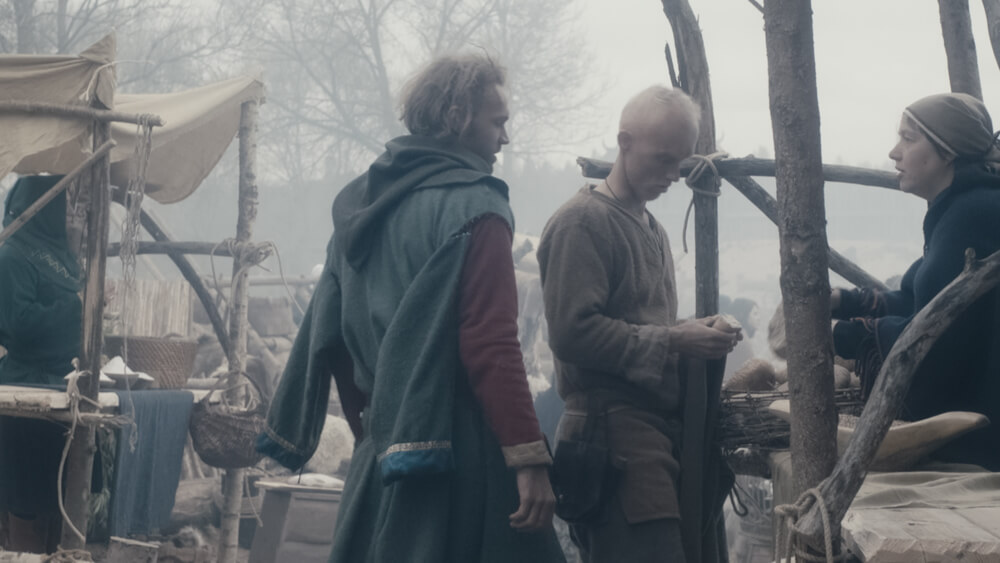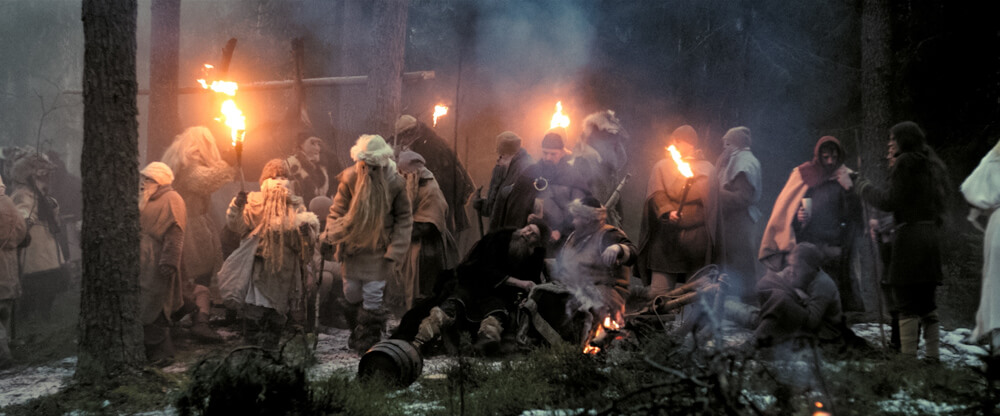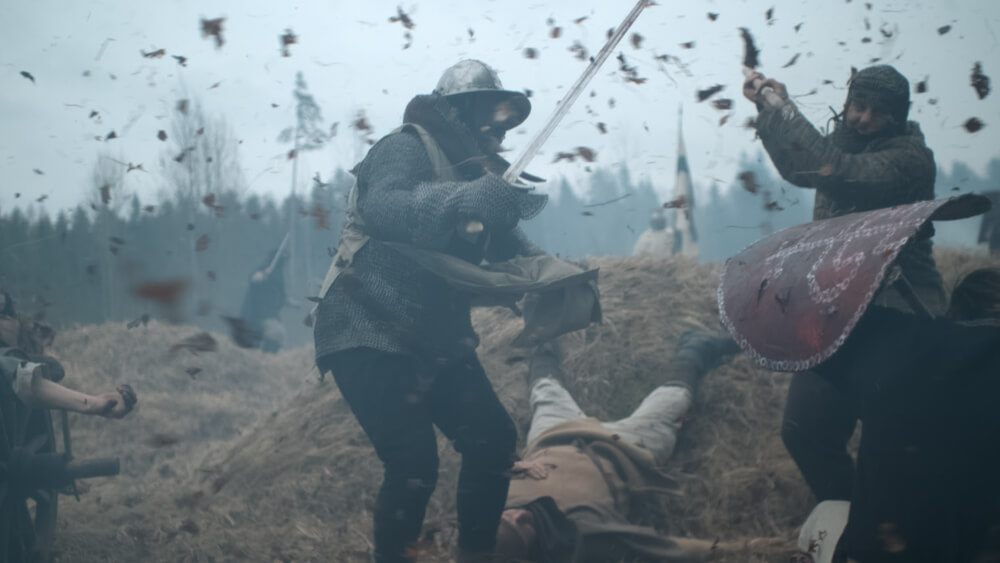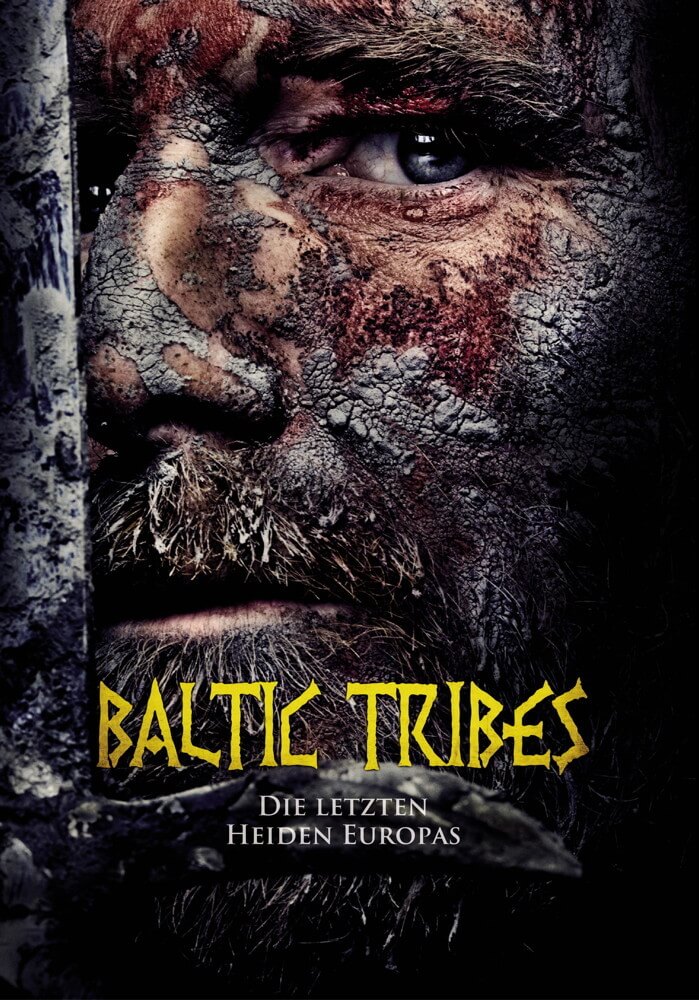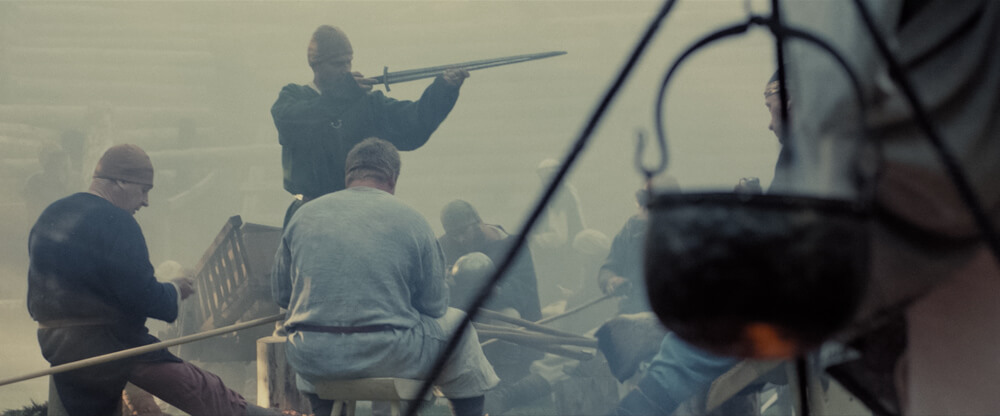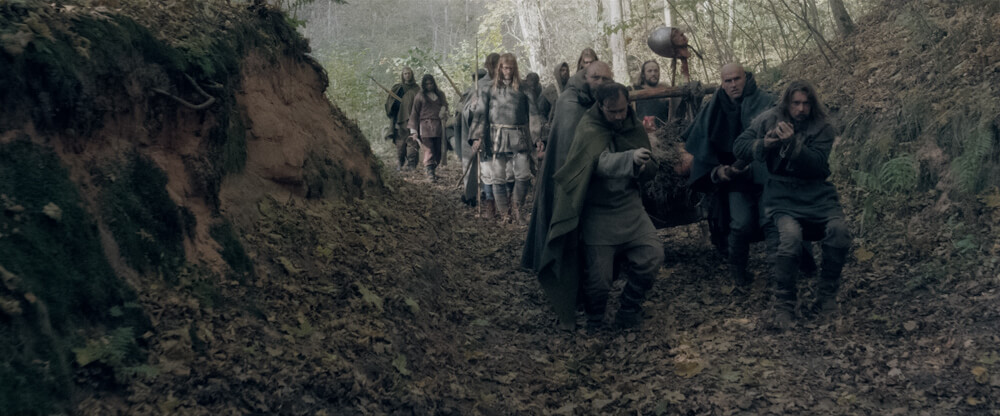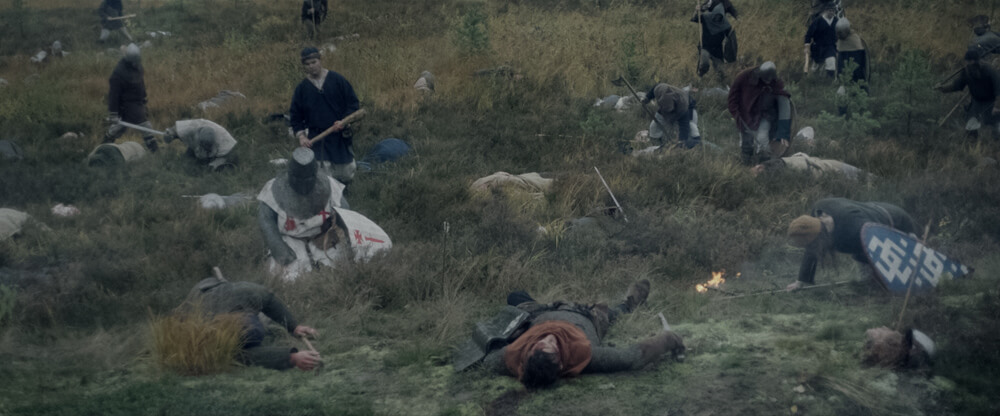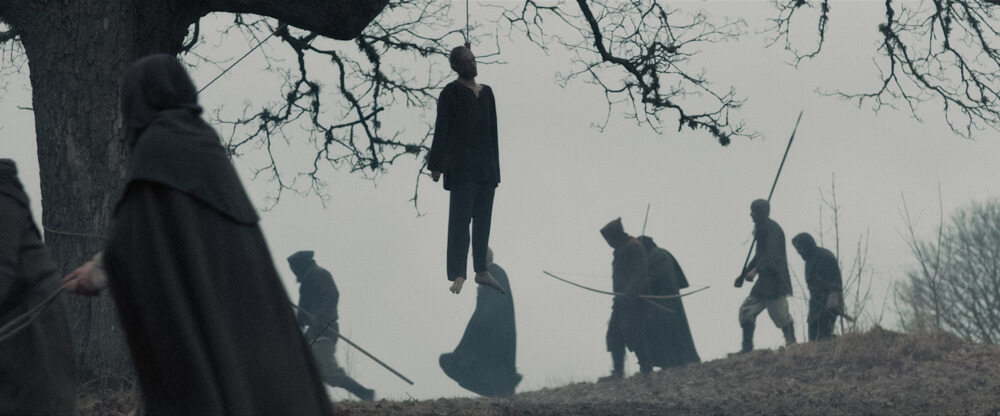Original title: Baltu Ciltis
Directors: Lauris Ābele, Raitis Ābele
Screenplay: Raitis Ābele, Guntis Bereis, Toms Kencis
Actor & actresses: Kaspars Anins, Kristaps Bedritis, Lauma Balode, Carl Biorsmark, Arnis Hagendorfs, Kristaps Lukasevics, Janis Pantelejevs, Andris Roze, Janis Skutelis u.a.
Producer: Kristele Pudane, Dace Siatkovska, Thom Palmen
Executive producer: Zane Kalnina
Co-producer: Dorota Roszkowska
Cinematography: Marcis Abele, Janis Indriks
Camera & electrical departement: Otomar Berzins, Viktors Besaraba, Arturs Daukulis, Kristaps Dombrovskis, Roberts Dreimanis, Andris Gilucs, Janis Indriks, Martins Jurevics, Ruta Kalvisa, Nikita Karpovs, Raivo Karro, Arturs Lurins, Gvido Puke, Jansons Reinis, Janis Senbergs, Konstantins Simonovs, Peteris Skujins, Marcis Slavinskis, Denis Sorogin, Eduards Stefanovics, iesturs Strelcs, Andis Suba, Indulis Sverns, Armands Virbulis, Janis Zeidaks, Rolands Zelders
Sound: Ernests Ansons, Verners Biters, Martins Rozentals, Anete Vanaga
Editing: Raitis Ābele
Special effects: Juris Zhukovskis
Visual effects: Maris Abolins, Wads Ex, Aigars Gercans
Animations: Krisjanis Abols, Karina Andrejeva, Kerija Arne, Aigars Gercans, Harijs Grundmanis, Nils Hammers, Cao Viet Nguyen, Arnis Zemitis
Stunts: Artjoms Grigorjevs, Nikita Grigorjevs, Artem Grigoryev, Victoria Alexandria Lele, Roman Morozov
Art director: Zanda Zeidaka
Makeup: Alina Blinkova, Una Ozola, Aija Beata Rjabovska, Santa Sandule, Ieva Sebre
Costumes: Liga Kräsone
Music: Kaspars Barbals
Production companies: Arkana Studio, Tritone Studio
Year of production: 2018
Country: Latvia
Language: Latvian
Synchronisations: English, German
Length: 103 Min
Rating: FSK 16
Aspect ratio: 2.35:1
Resolution: Full HD



